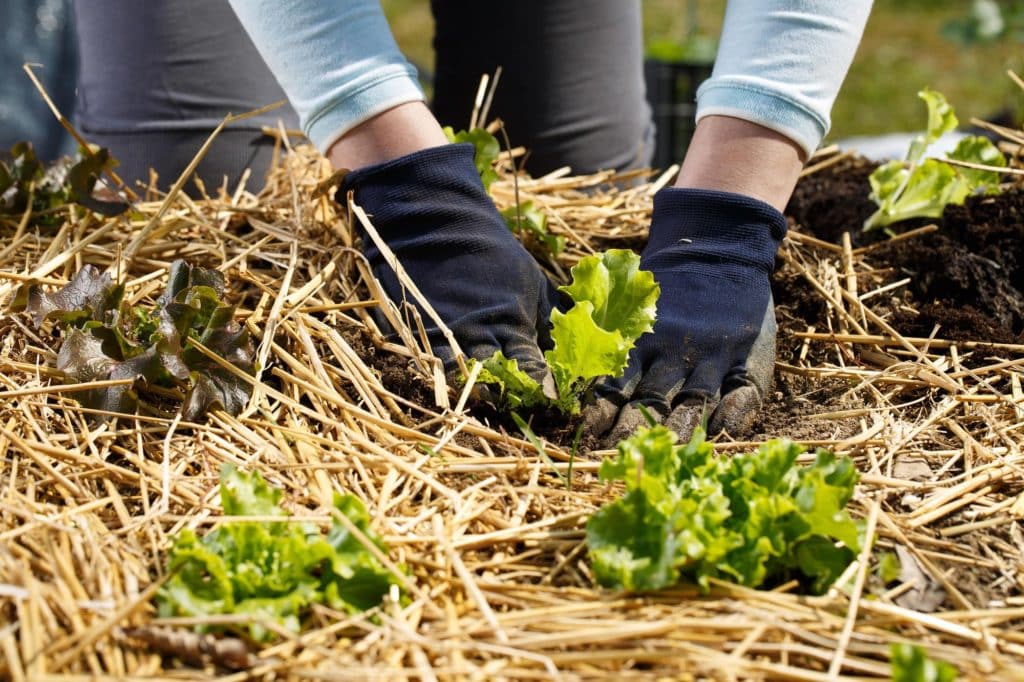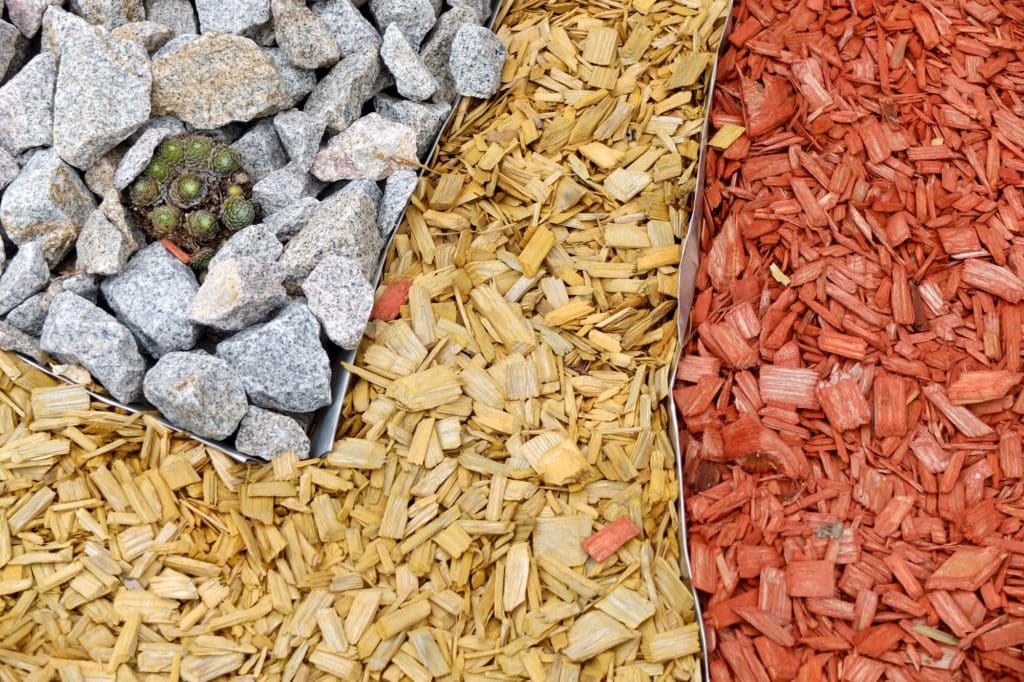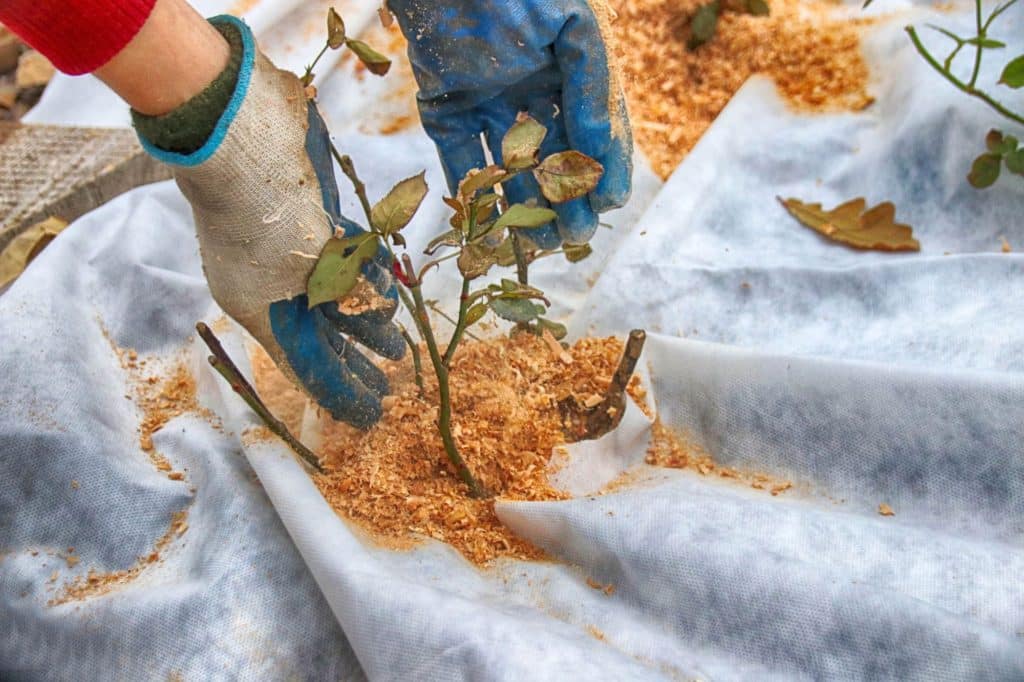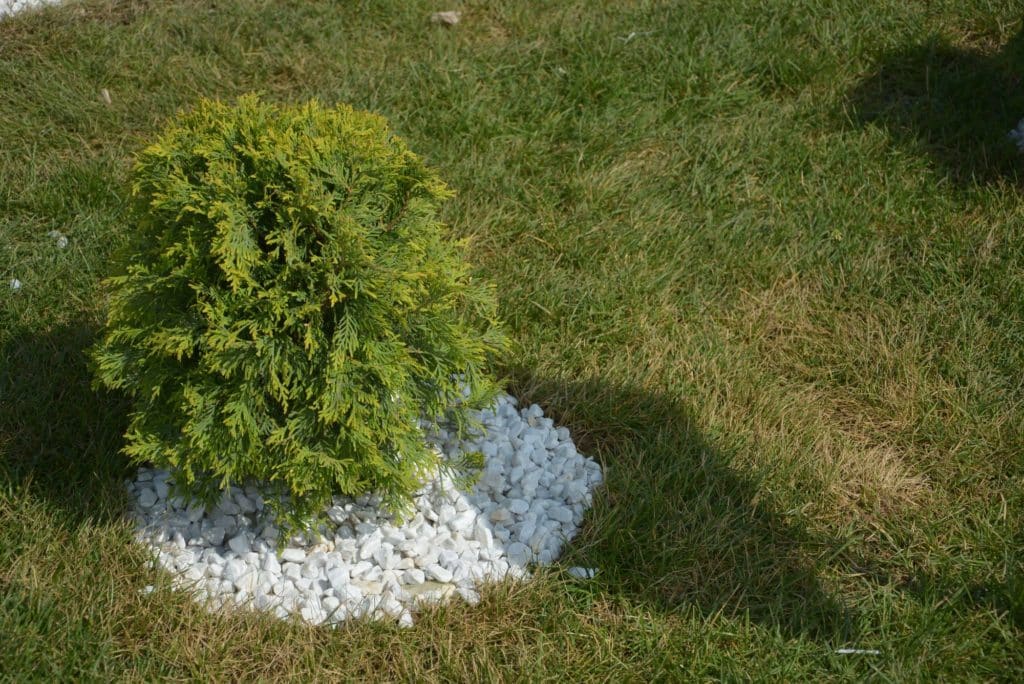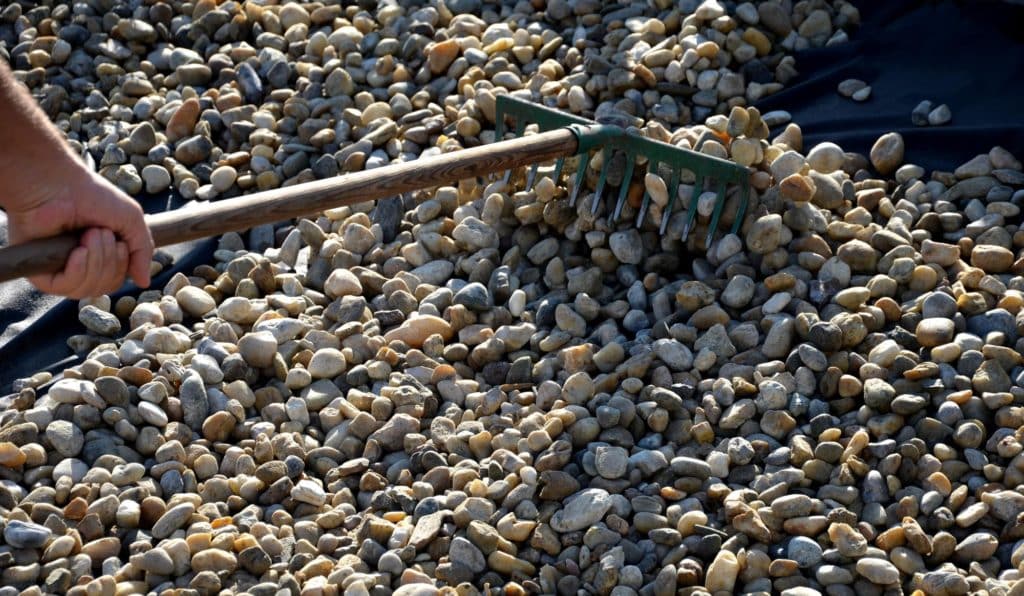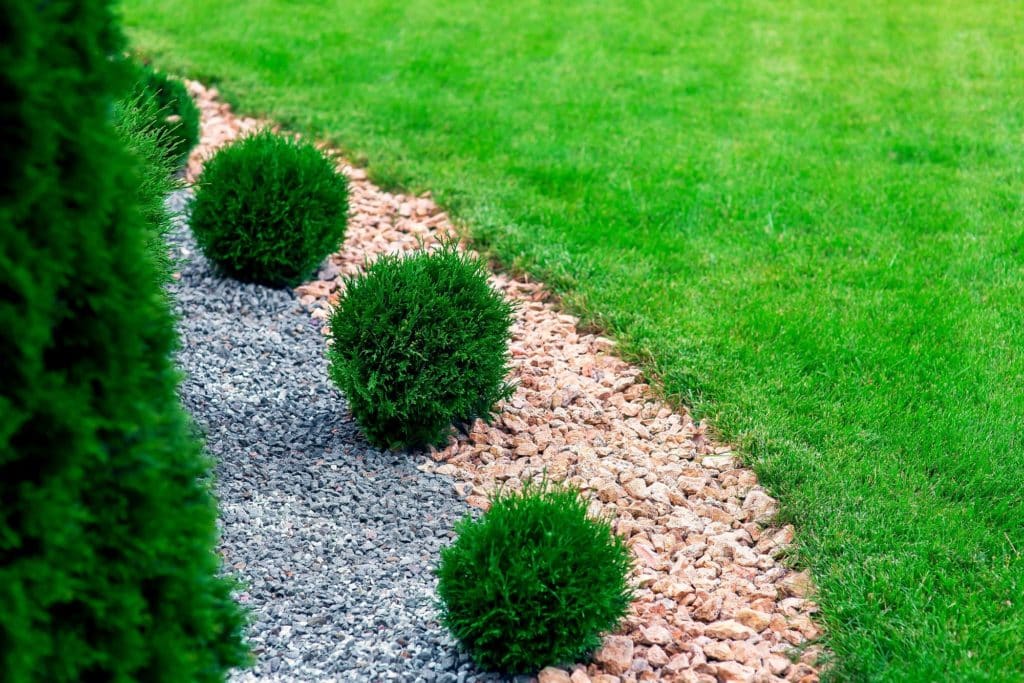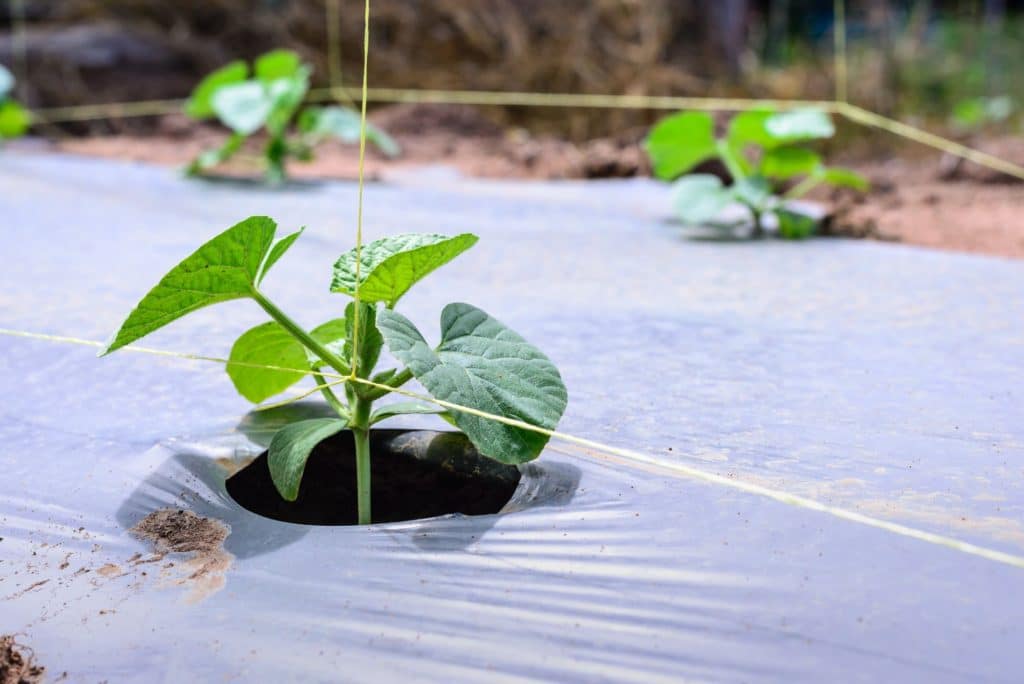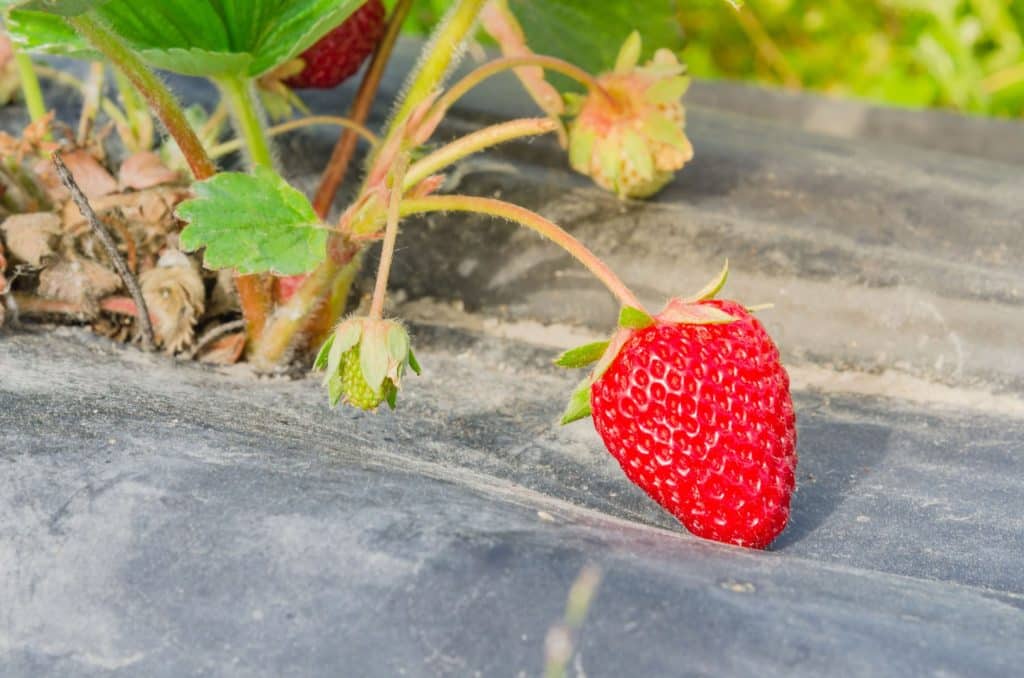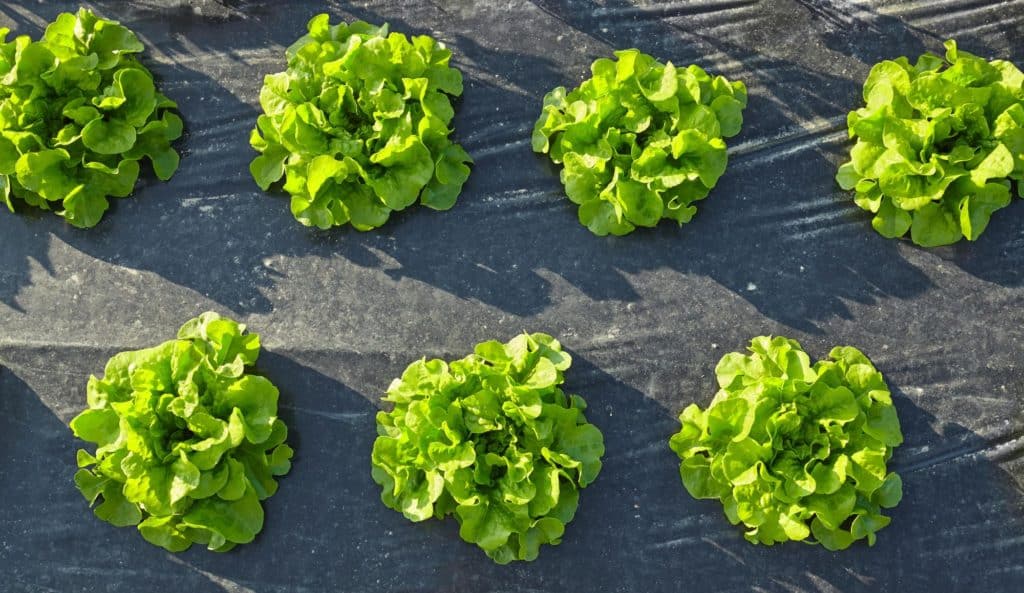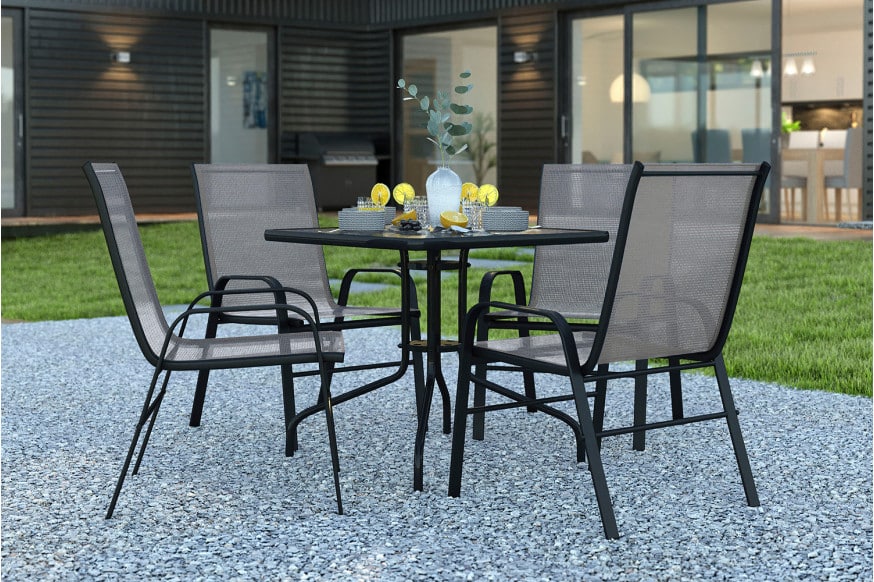Soil mulching is one of the most effective agricultural practices in modern farming and garden maintenance. Mulching a vegetable garden is the process of covering the soil with some materials in order to retain moisture in it, reduce the number of weeds, protect the plant from temperature extremes and create favorable conditions for its growth. Also, mulching is often used to decorate the landscape and decorate the beds. This agrotechnical technique is quite simple to implement, it does not require a lot of funds and is quite affordable for everyone.
Mulch use at different times of the year
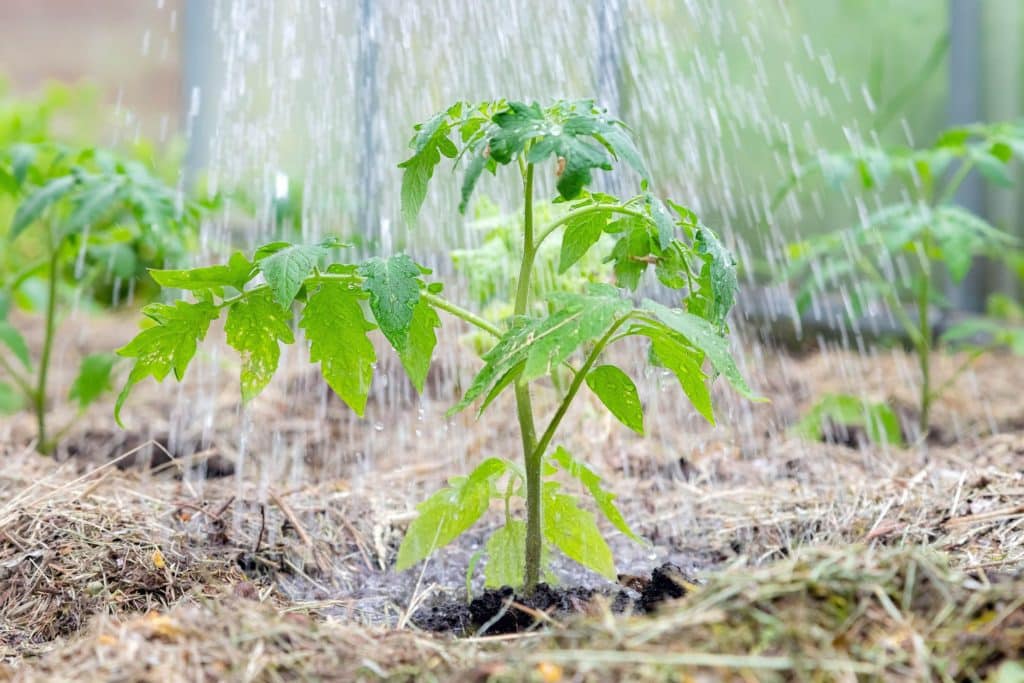
Summer
During the warmer months, mulch is used primarily as protection from sun exposure. It allows the soil to retain water better, so the plant does not dry out. soil covered with mulch requires much less watering, and also mulching saves from the spread of weeds.
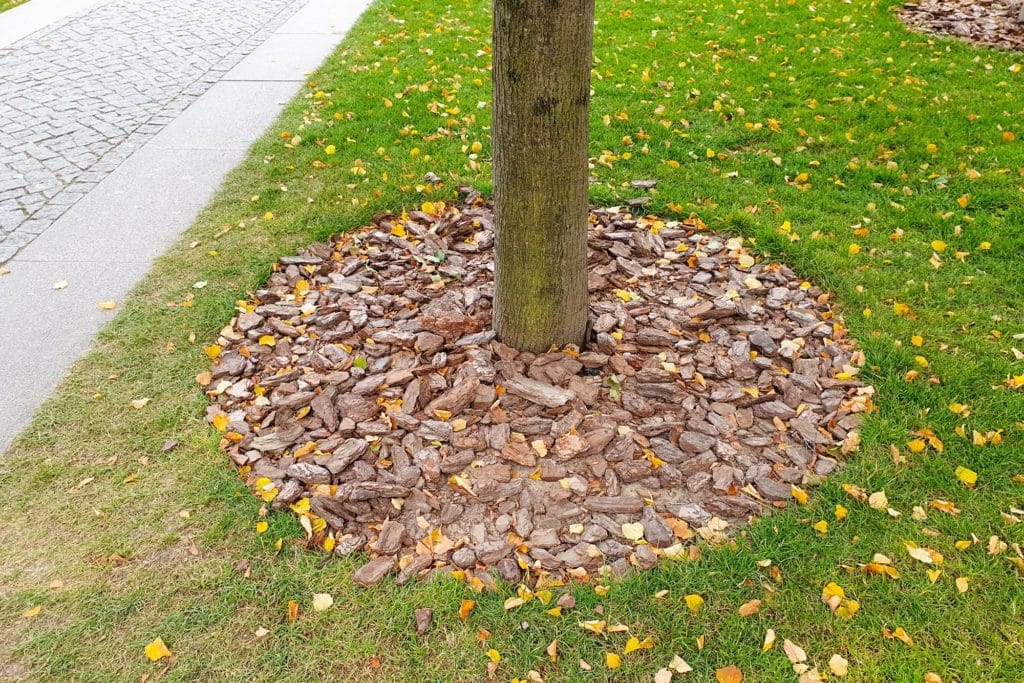
Autumn
The soil is covered to protect it from weathering and washout.
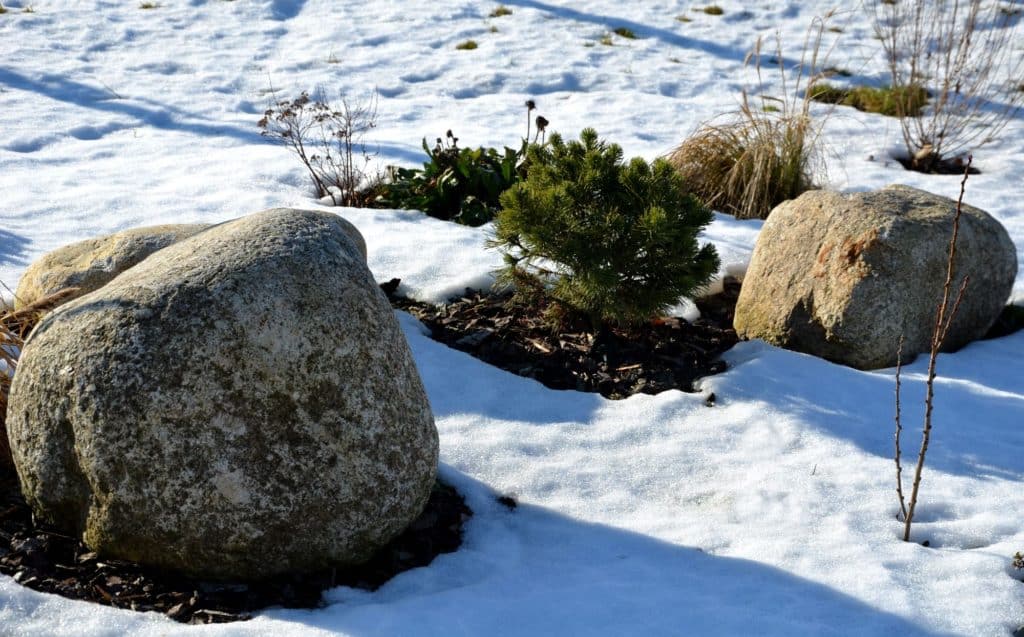
Winter
During the cold months, mulching protects the roots of plants from freezing. It also has a positive effect on the microclimate of the soil.
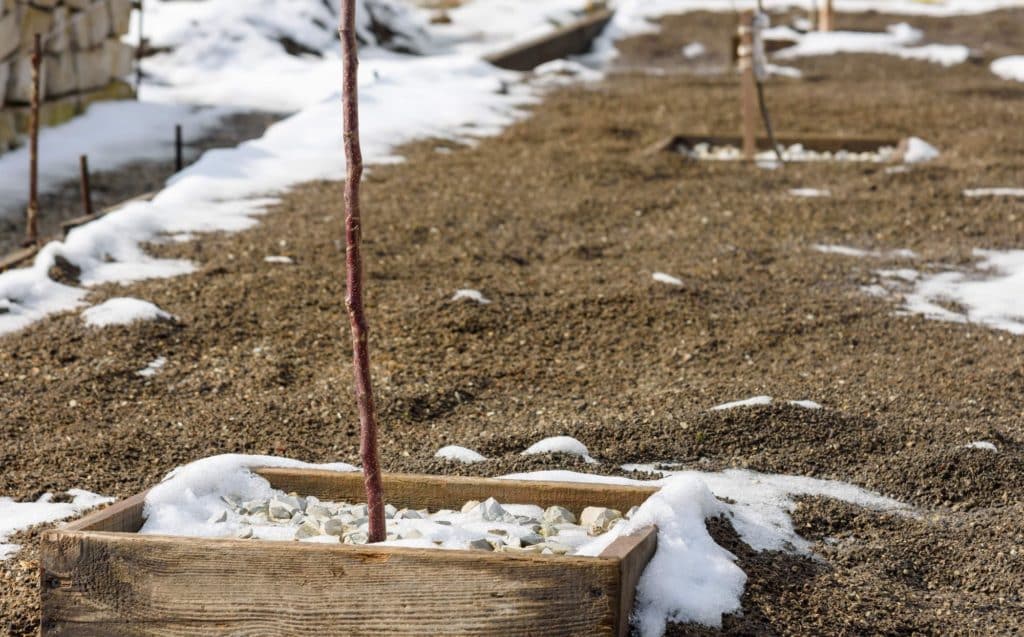
Spring
Mulch is used exclusively once the ground has warmed up above +50⁰F/+10⁰C in order to protect plants from overheating, and organic mulch can also be used as fertilizer.
Mulch types
Basically, mulch comes in two types, organic and inorganic. Each type has both advantages and disadvantages.
Organic mulch is a naturally occurring material that is used to cover the soil.
- Compost
- Sawdust
- Shavings
- Wood chips
- Cones
- Nuts and eggshells
- Humus
- Cut grass
- Bark
- Leaves
- Needles
- Hay
- Reed
- Peat
- Moss, etc.
This type of mulch differs in that, when decomposed, it can serve as a fertilizer for the soil. It is also quite economical, the materials for which everyone can find at home. In addition to these advantages, there is also a significant disadvantage. In organic mulch, parasites, worms, and insects are often bred, and they, in turn, negatively affect the growth of plants. However, organic mulch can contain a variety of seeds that are able to germinate, thereby adding unnecessary worries. And some materials increase the acidity of the soil, which in turn negatively affects its microflora.
Inorganic mulch comes from the following natural and artificial materials:
- Crushed stone
- Gravel
- Pebbles
- Seashells
- Marble and colored stone chips
- Slate
- Newsprint and cardboard
This method of mulching is often used for design purposes, for decorating the landscape of vegetable gardens, gardens, and summer cottages. Its advantages are that it does not attract parasites and does not affect the microflora of the soil. At the same time, it also performs all the same functions as organic materials. But most materials are difficult to assemble, which limits the use of this type of coating.
It is worth highlighting an effective alternative – mulch film. It can be of several types: polyethylene, non-woven, and “agro fiber”. The only drawback of such a coating is considered to be its non-predisposition to decomposition and soil nutrition.
Mulch films are not as attractive in appearance as other inorganic materials, but they are more convenient to use.
General recommendations for mulching the soil:
- For mulching in order to provide the soil with a moist environment and nutrition, give preference to organic materials, inorganic materials are ideal for decorating the landscape, mulching films should be used to retain heat and convenient use.
- In the spring, it is always worth removing the mulch in order for the earth to warm up and dry out.
- The optimum thickness of mulch for moisture retention and weed control is 5 to 8 cm.
- Mulch should never come into contact with plants.
- Mulching for the winter should be done at the beginning of the hardening of the earth.
